42 animal cell
› science › high-school-biologyPlant vs animal cells review (article) | Khan Academy Both animal and plant cells have mitochondria, but only plant cells have chloroplasts. Plants don’t get their sugar from eating food, so they need to make sugar from sunlight. This process (photosynthesis) takes place in the chloroplast. Once the sugar is made, it is then broken down by the mitochondria to make energy for the cell. › all-about-animal-cells-373379Animal Cells and the Membrane-Bound Nucleus - ThoughtCo Oct 9, 2019 · Animal cells are eukaryotic cells or cells with a membrane-bound nucleus. Unlike prokaryotic cells , DNA in animal cells is housed within the nucleus . In addition to having a nucleus, animal cells also contain other membrane-bound organelles, or tiny cellular structures, that carry out specific functions necessary for normal cellular operation.
› exams › animal-cellAnimal Cell: Types, Diagrams and Functions - Embibe Jan 24, 2023 · A group of cells assemble to form tissues, organs, and organ systems. Animal cells vary in different shapes and sizes and perform specific functions. They are considered to be multicellular organisms. Animal cells have an organized nucleus with a nuclear envelope. The different animal cells are skin, muscle, blood, nerve and fat cells.
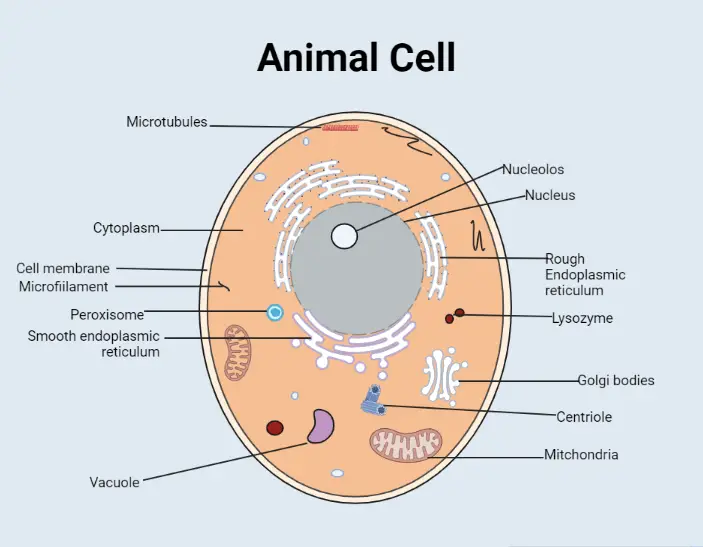
Animal cell
byjus.com › biology › animal-cellAnimal Cell - Structure, Function, Diagram and Types - BYJUS Animal cells range in size from a few microscopic microns to a few millimetres. The largest known animal cell is the ostrich egg, which can stretch over 5.1 inches across and weighs about 1.4 kilograms. This is in stark contrast to the neuron in the human body, which is just 100 microns across. The shape of animal cells also varies, with some being flat, others oval or rod-shaped. basicbiology.net › micro › cellsAnimal Cells | Basic Biology Cells are the basic unit of life and these microscopic structures work together and perform all the necessary functions to keep an animal alive. There is an enormous range of animal cells. Each is adapted to a perform specific functions, such as carrying oxygen, contracting muscles, secreting mucus, or protecting organs. biologydictionary.net › animal-cellAnimal Cell - The Definitive Guide | Biology Dictionary Oct 19, 2020 · Animals are all multicellular, meaning multiple cells work together to form the whole organism. In complex organisms, such as humans, these cells can be highly specialized to perform different functions. As such, they often look and function very differently from one another, even though they are all human cells.
Animal cell. › media › animal-cellAnimal Cell | National Geographic Society A cell is the smallest unit that is typically considered alive and is a fundamental unit of life. All living organisms are composed of cells, from just one (unicellular) to many trillions (multicellular). Cell biology is the study of cells, their physiology, structure, and life cycle. biologydictionary.net › animal-cellAnimal Cell - The Definitive Guide | Biology Dictionary Oct 19, 2020 · Animals are all multicellular, meaning multiple cells work together to form the whole organism. In complex organisms, such as humans, these cells can be highly specialized to perform different functions. As such, they often look and function very differently from one another, even though they are all human cells. basicbiology.net › micro › cellsAnimal Cells | Basic Biology Cells are the basic unit of life and these microscopic structures work together and perform all the necessary functions to keep an animal alive. There is an enormous range of animal cells. Each is adapted to a perform specific functions, such as carrying oxygen, contracting muscles, secreting mucus, or protecting organs. byjus.com › biology › animal-cellAnimal Cell - Structure, Function, Diagram and Types - BYJUS Animal cells range in size from a few microscopic microns to a few millimetres. The largest known animal cell is the ostrich egg, which can stretch over 5.1 inches across and weighs about 1.4 kilograms. This is in stark contrast to the neuron in the human body, which is just 100 microns across. The shape of animal cells also varies, with some being flat, others oval or rod-shaped.


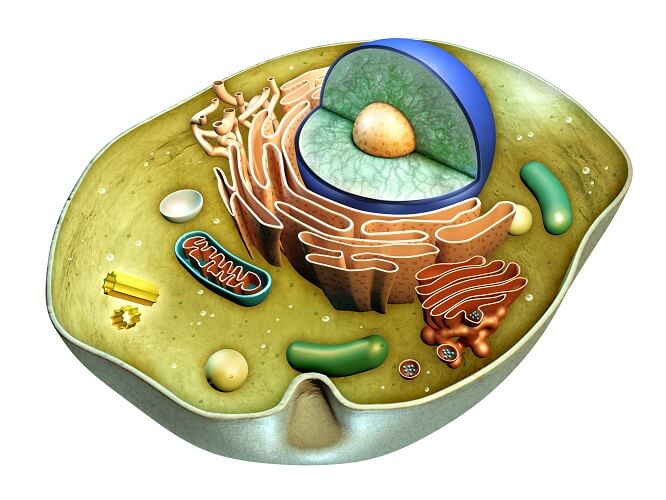

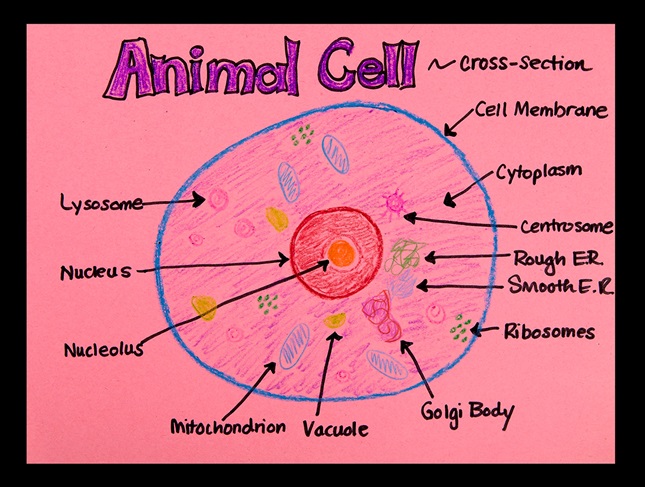

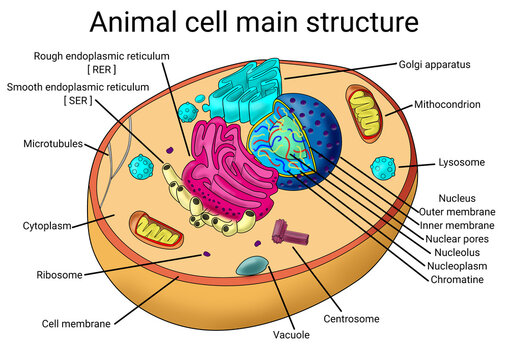

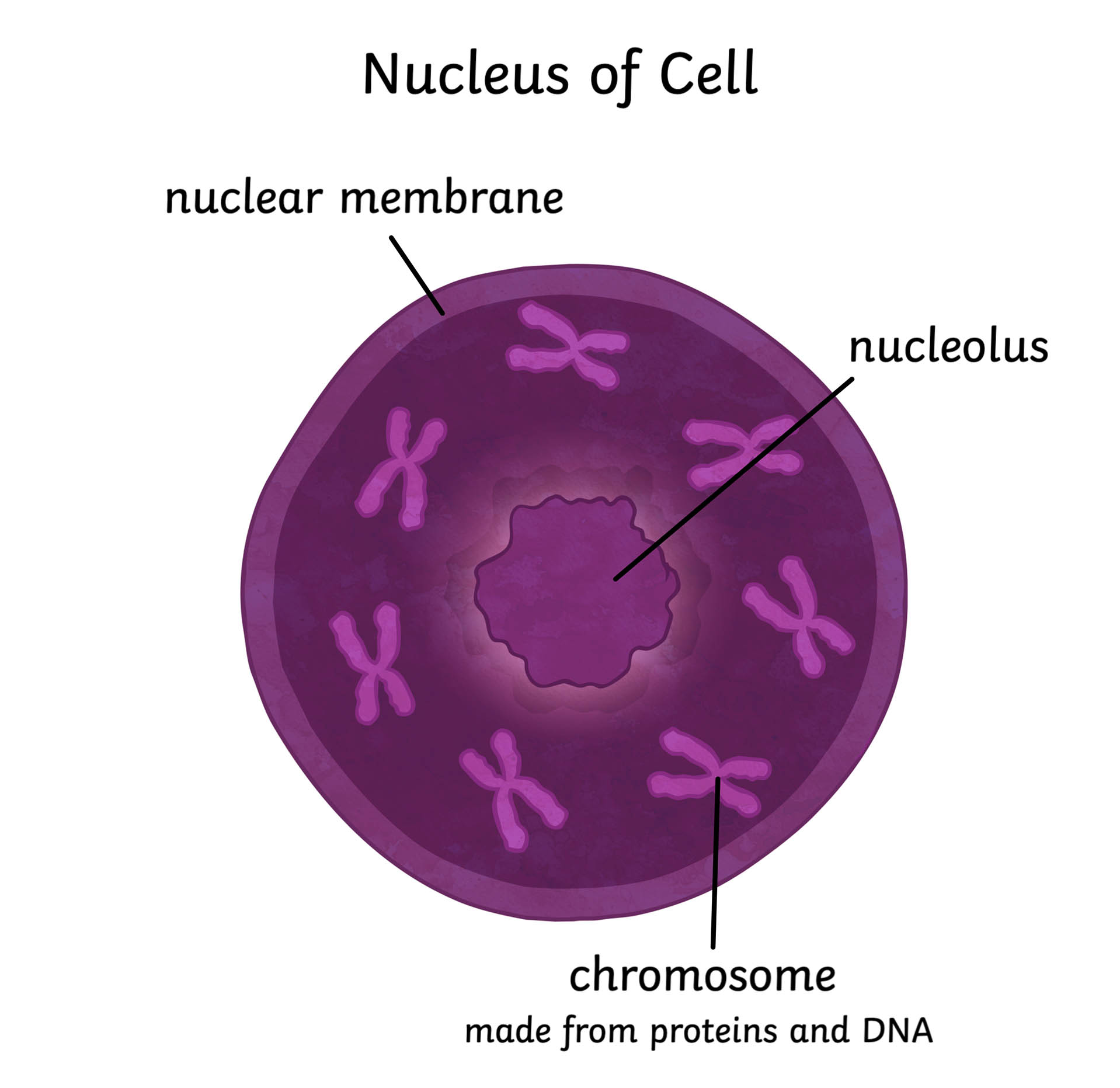


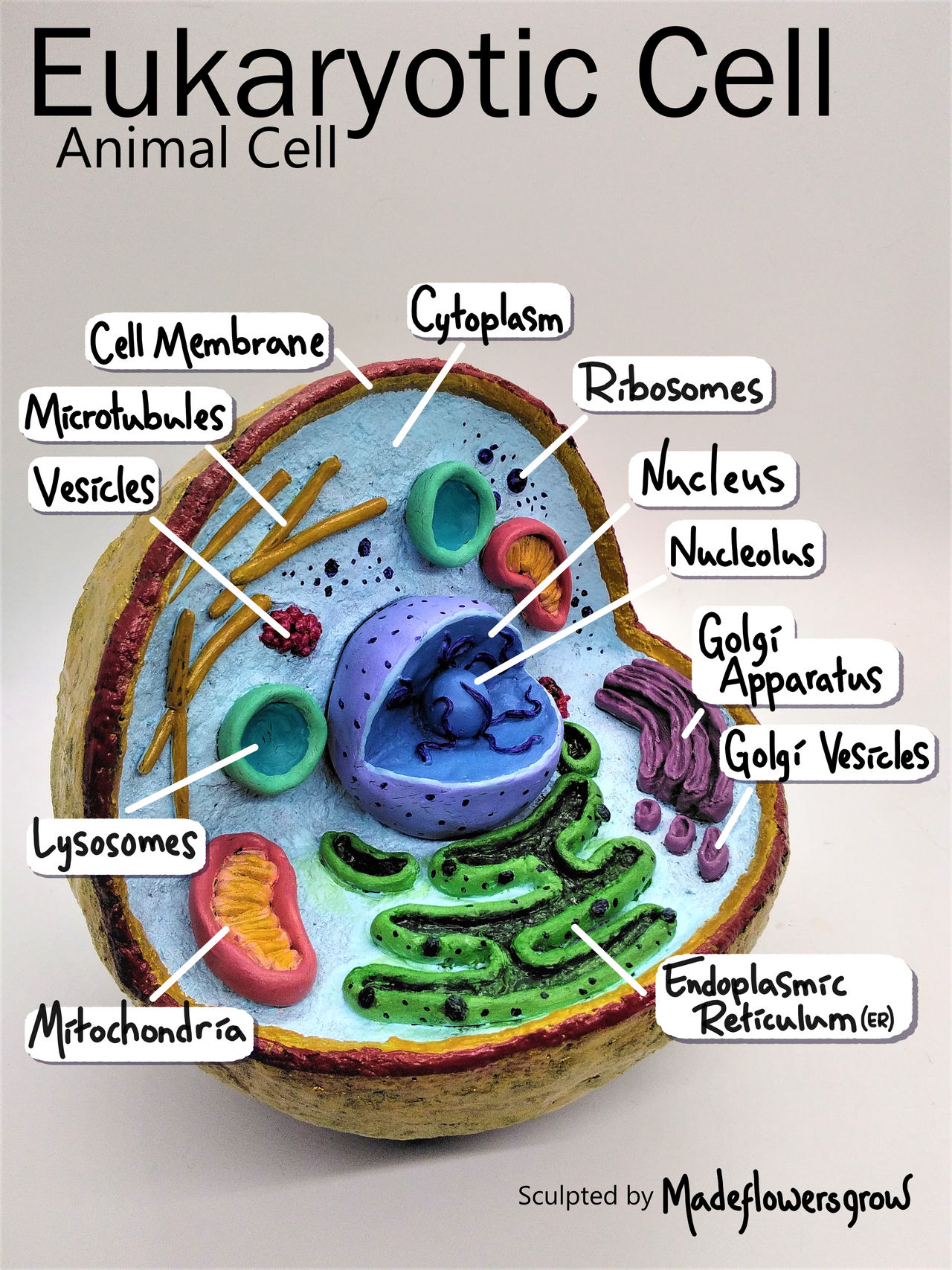

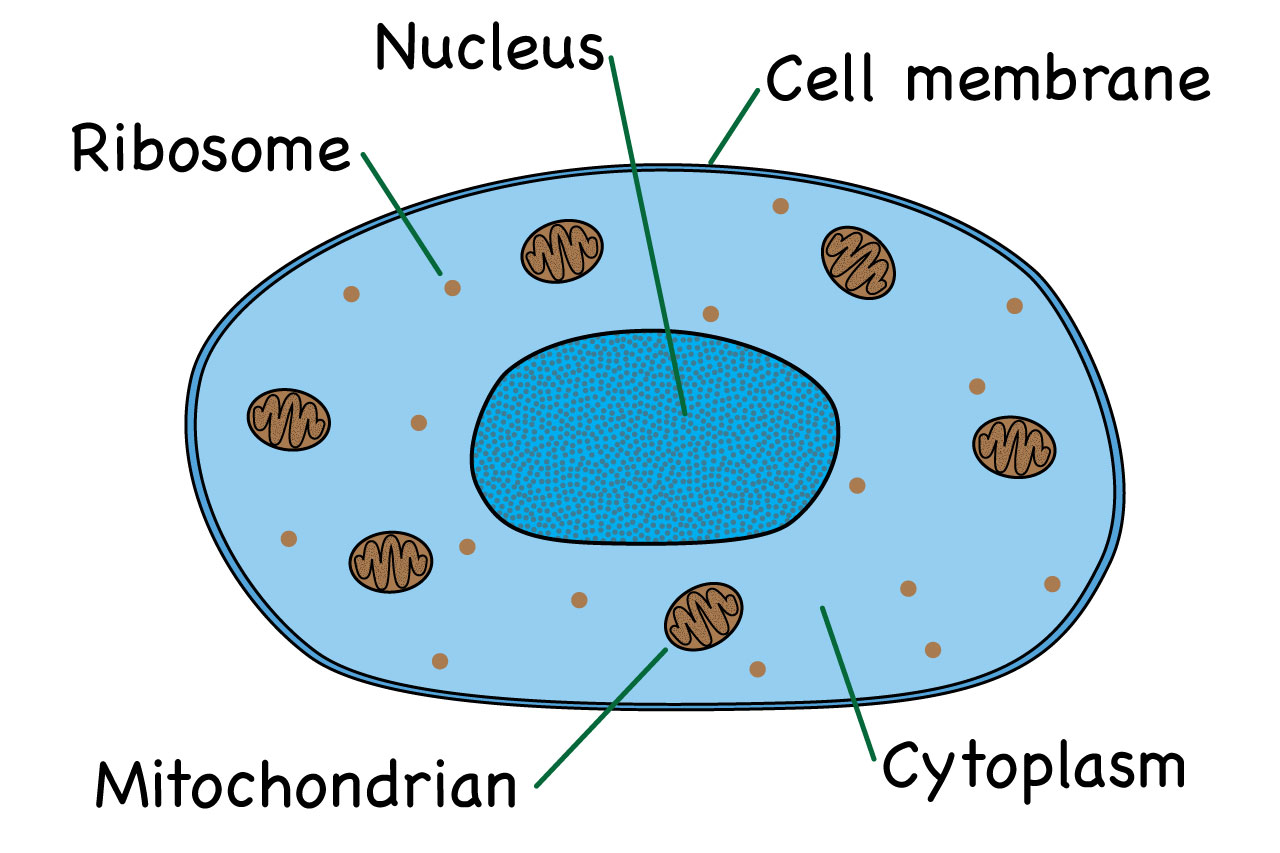

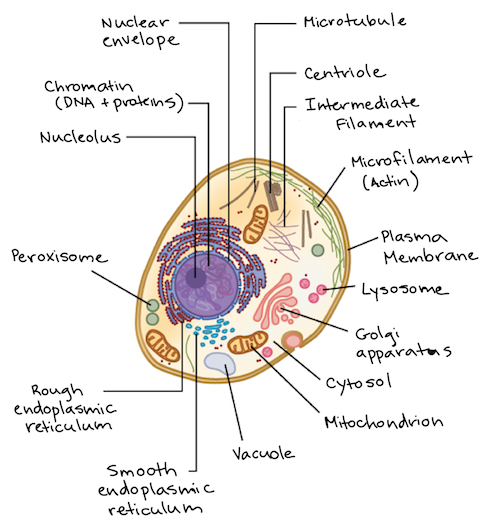
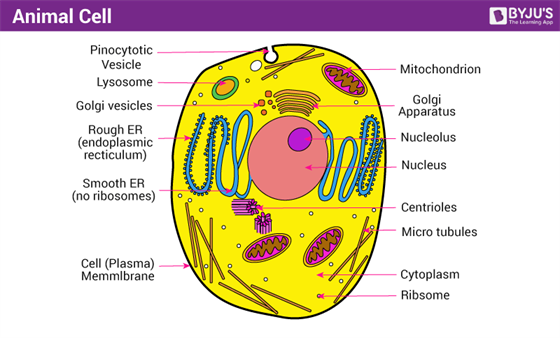

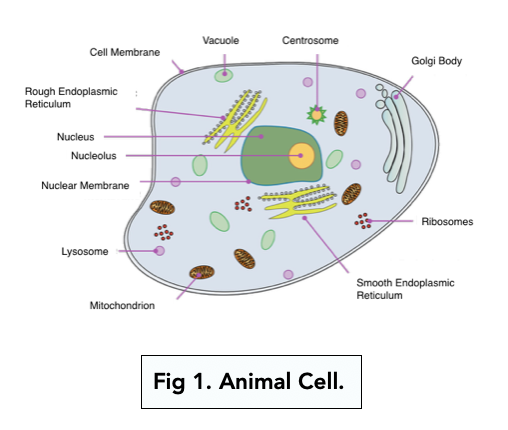
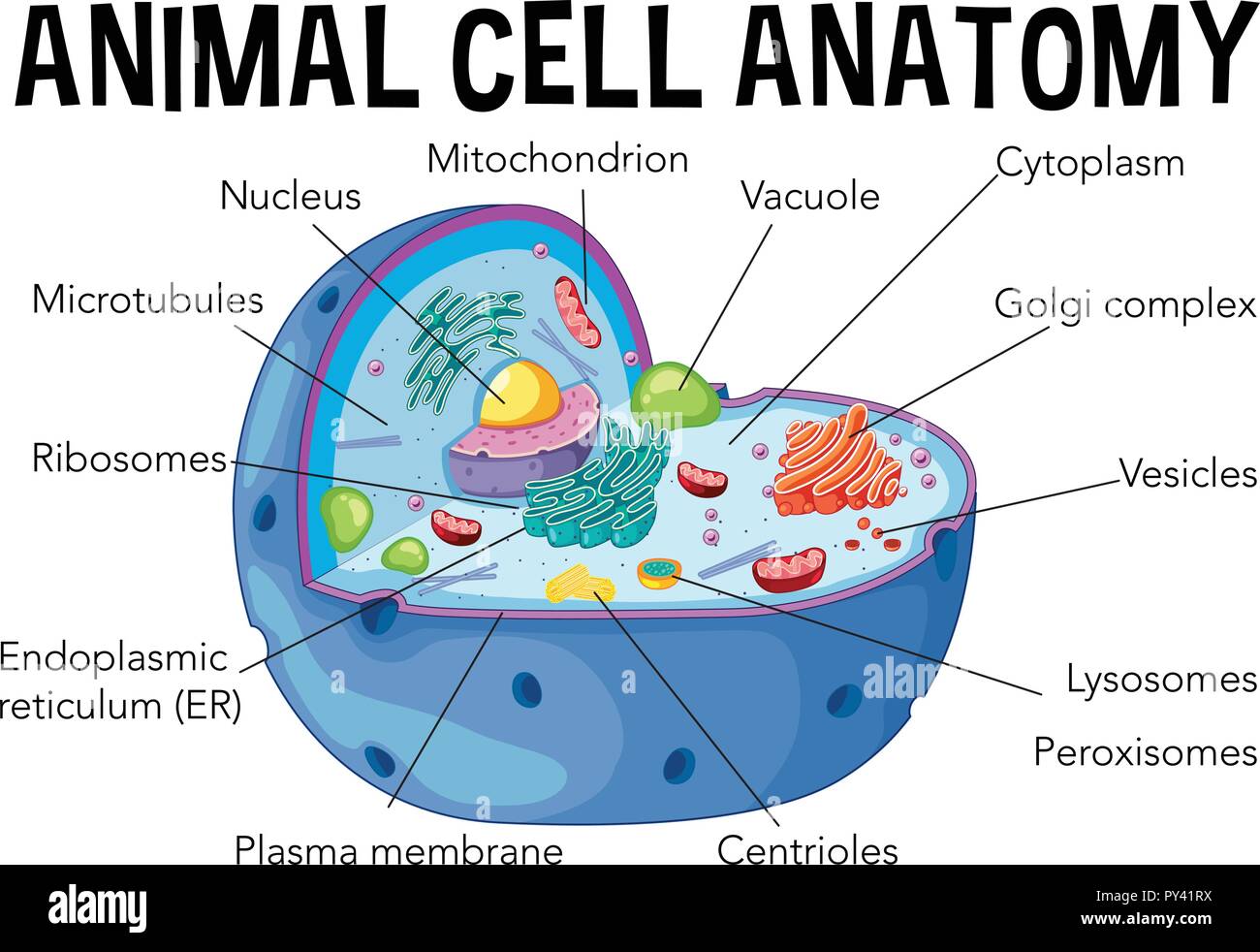
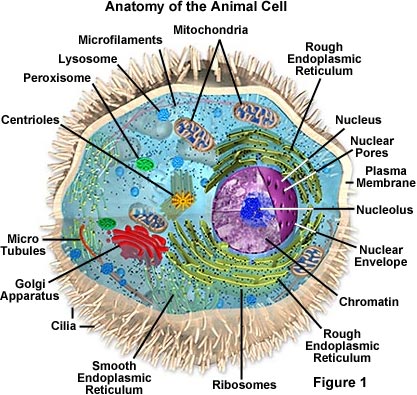
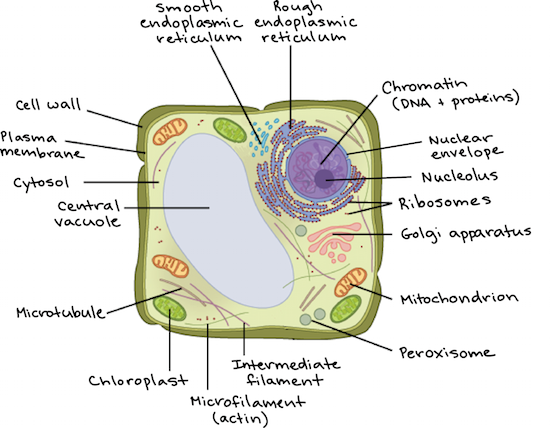

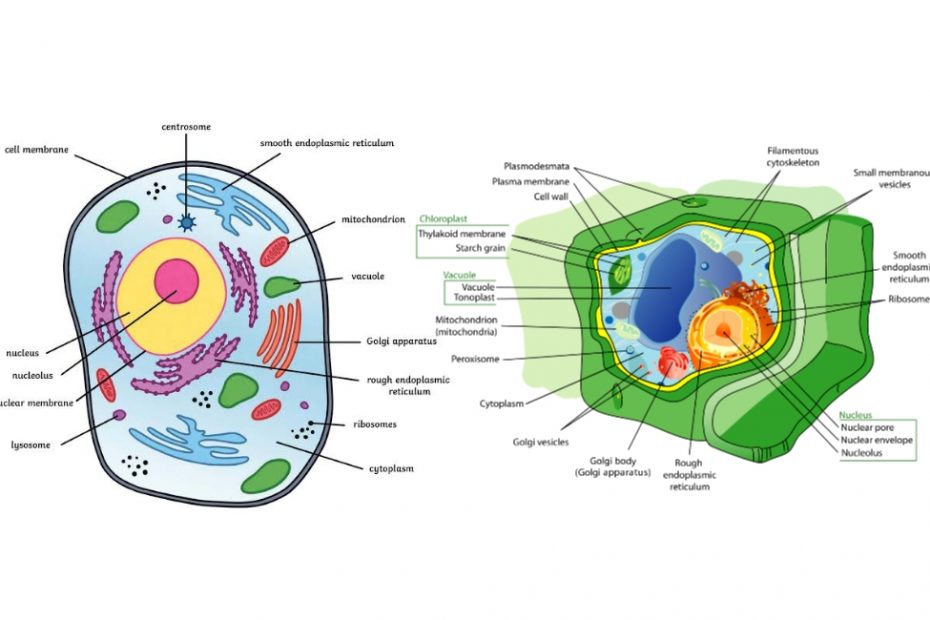
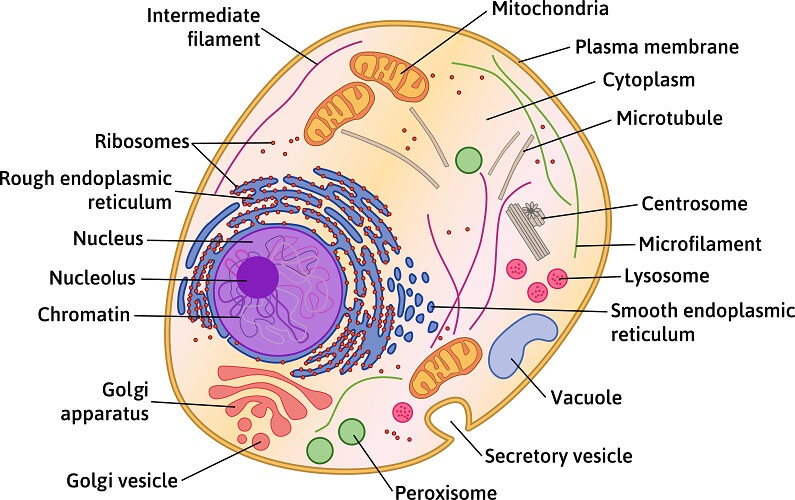


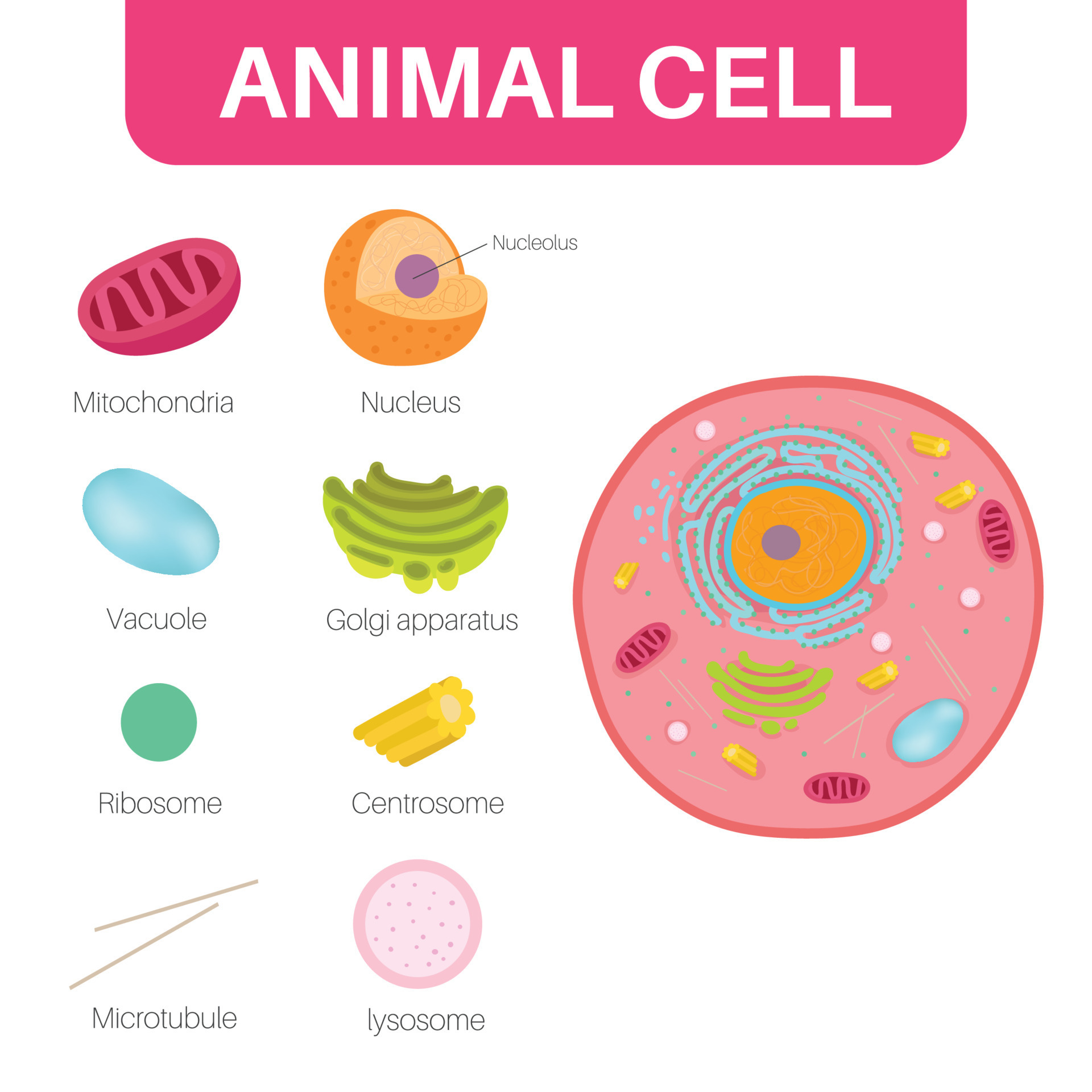
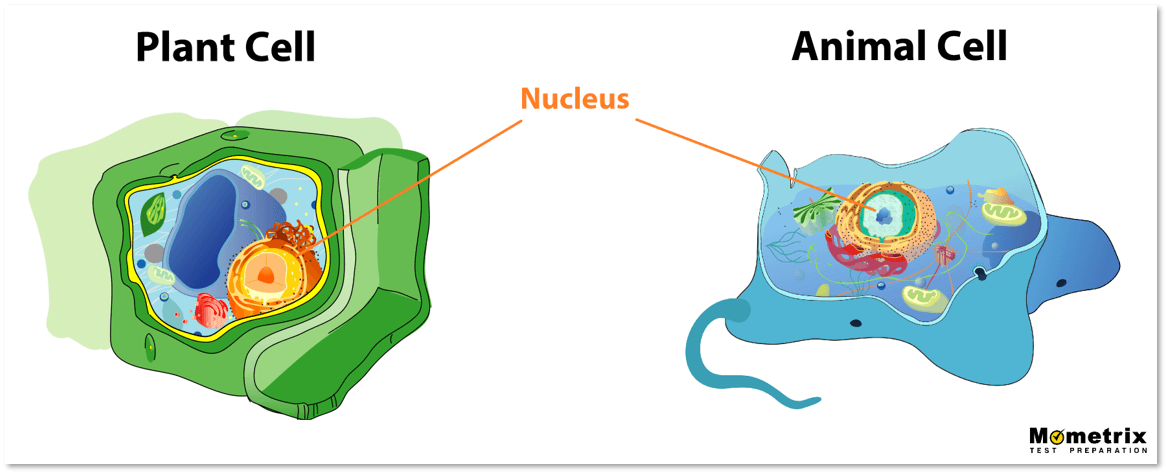
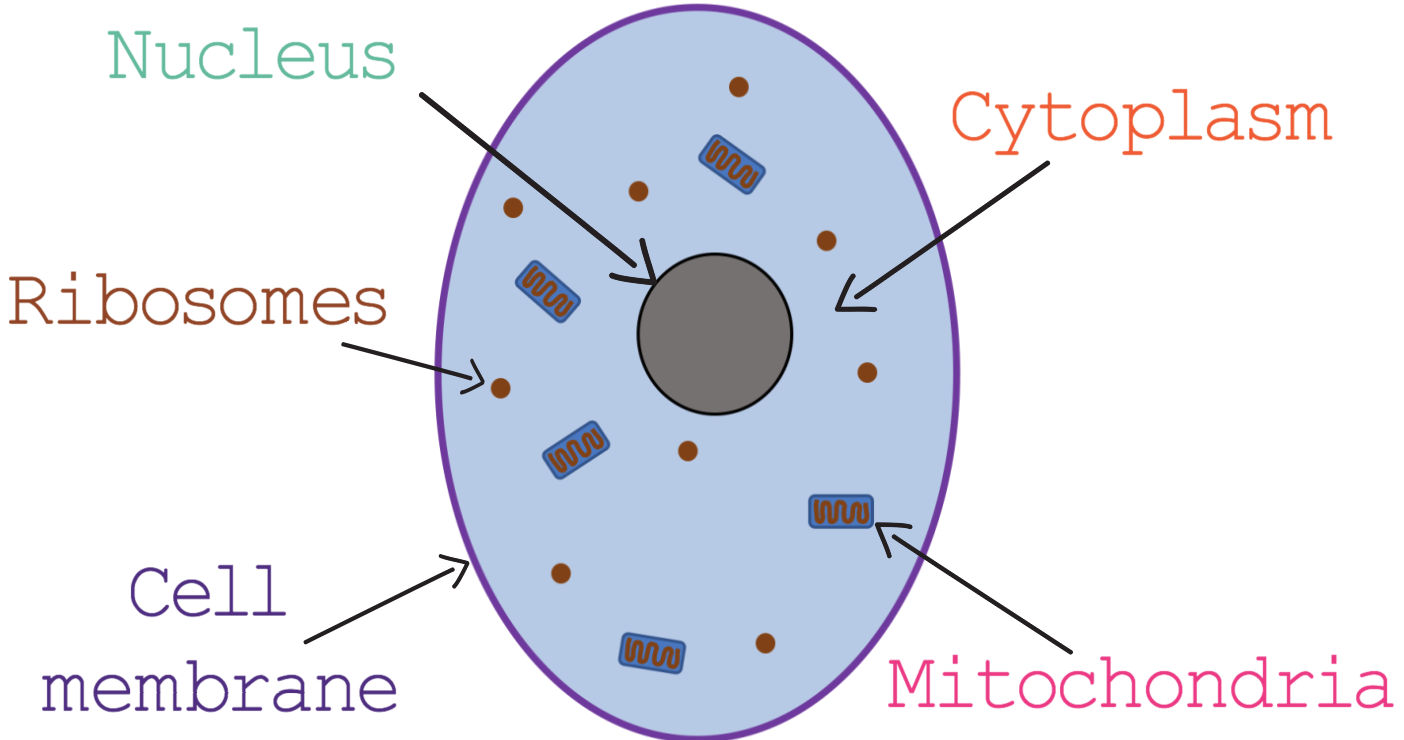



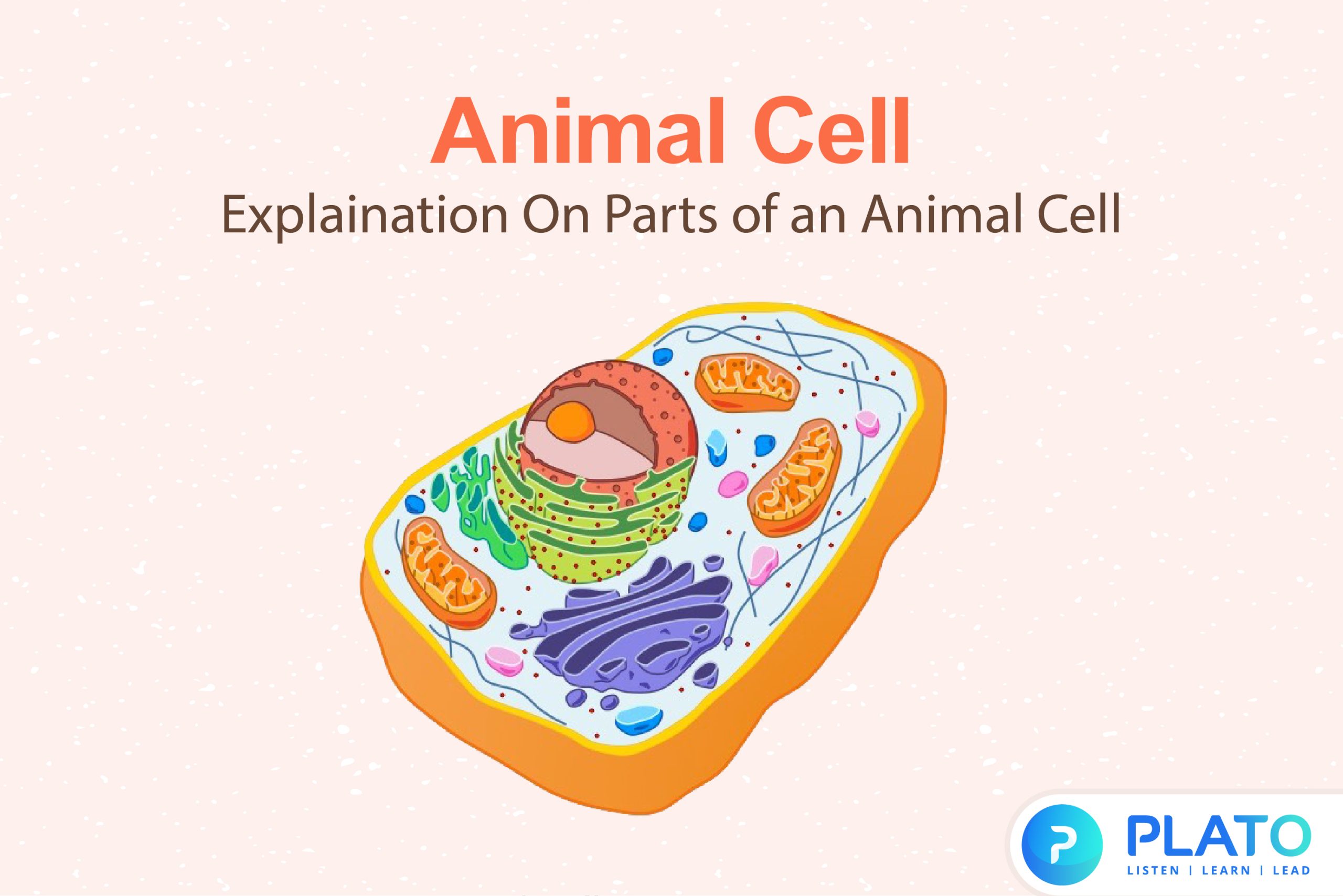
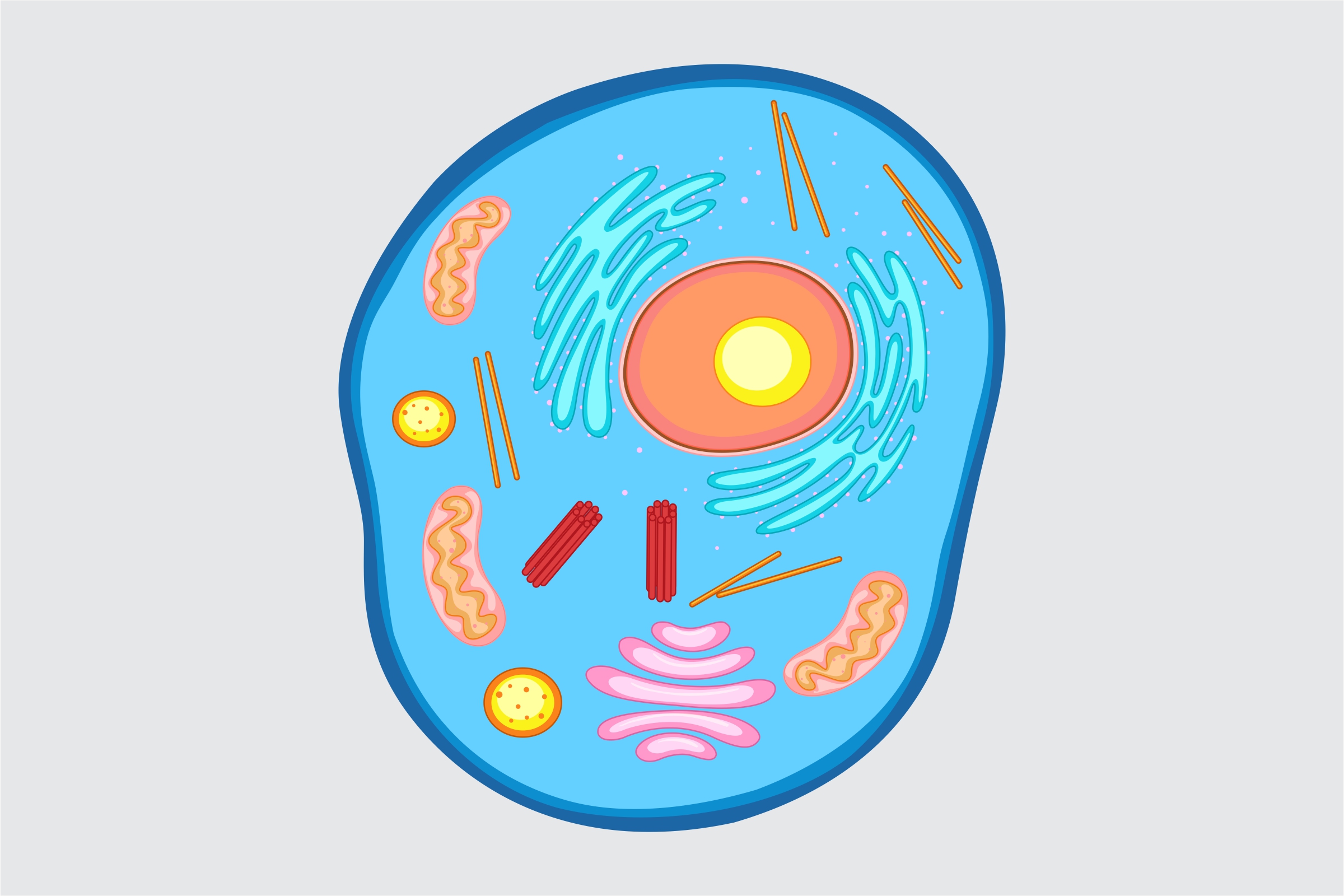
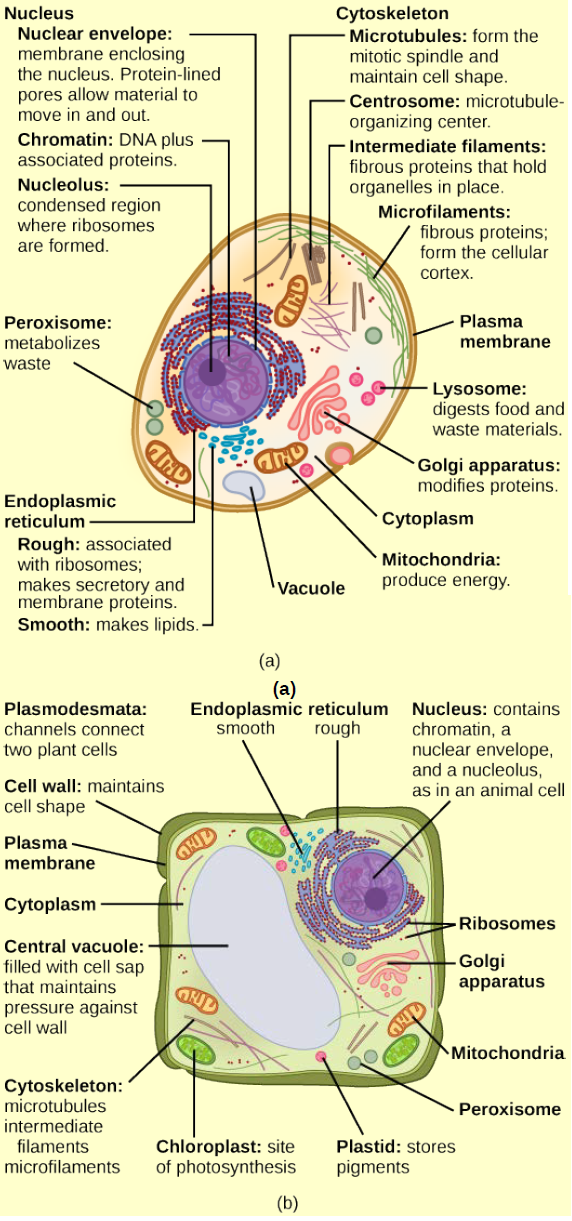

Post a Comment for "42 animal cell"